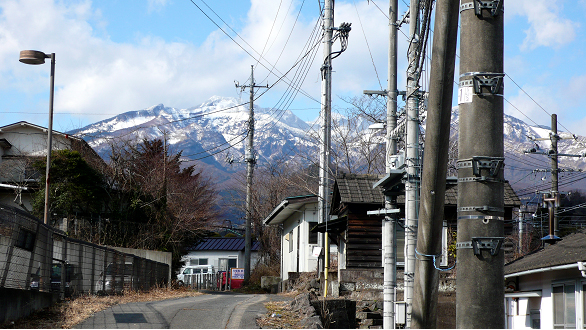Why All Designers Should Visit Japan
Though famed for its design excellence – after WWII has it all gone terribly wrong?
Like my fellow middle class man, I like to travel. However, once I became a designer, travel was and continues to be, forever ruined for me. Instead of wandering dreamily through foreign places focussing on the smiling faces of those less fortunate than myself, my head now continually spins like a Volkswagen on a greasy paddock.
Through my landscape architects gaze I now bear witness to everything from the glorious to mundane. Paths, roads, signs, buildings, trees. Everything now contains a truth waiting to be unravelled through analysis of how and why.
Which brings me to Japan.
Japan is surely the designer’s mecca. Detailing to die for, precision and care all laid one at a time – not a nail in sight. Indeed in a month long sojourn through the land of the crouching ninja, I oohed and aahed at trees swaddled like new born babies and marveled at timber castles thrice burned to the ground but lovingly rebuilt by bare footed monks.
In cities like Kyoto and Kanazawa there are exquisite examples of japanese design as we have always imagined it. Takayama has whole streets which take you back to a time when artisans toiled with an eye for detail in search of isolationist perfection.
And yet this is not why I suggest that all designers should visit Japan.
For anyone who cares about design, they should spend time in Japan to see what happens if you let engineers take charge of your urban landscape. You don’t need me to remind you that at the end of WWII, Japan was on its knees, yet within 30 years Japan was the world’s second largest economy. With a combination of hard work, Gaijin Shogun McArthur’s wallet, and the foresight to see that consumers actually want stuff that works, Japan set about Toyota-ing and walkman-ing itself to relative riches.
However, upon my visit to Japan I was struck by something that I simply (and perhaps naively) didn’t expect. The economic miracle has been achieved by engineering or bust and, to put it mildly, they have busted it.
A visit to post war Japan offers a brilliant opportunity to see just what happens when you leave the engineers in charge. Sure, everything works, but what an environmental and visual disaster. Now to be fair to our fellow Japanese, the place needed to be sorted, and quickly, and, sort it they have.
Japan feels like Asia but it just isn’t. Japan is an homogenous middle class society with not a family or chickens perched on a motorcycle in sight. So yeah, everyone has a computer, a well dressed educated child, and a refrigerated house, but surely there was another way, a way that didn’t thrash the living daylights out of the environment. Seeing rivers dammed to within an inch of their meandering lives is just a tad depressing, despite the seductive comfort of an electrically heated onsen. Streets are filled with overhead wires like Godzilla has thrown up spaghetti bolognese after rampaging through town, and houses look neither old world nor first world. There are so many neon signs that is easy to feel that you have been swallowed by a pinball machine.
So ironically, a holiday to Japan is really a visit to a museum. You really only go to see the old bits. Kyoto castles and gardens, Nikko’s temple, Takayama’s historical streets.
Yes there are the modern gems that I was fortunate to visit, the 21st Century Museum of Contemporary Art (Sejima/Nishizawa) in Kanazawa, and the Matsumoto Performing Arts Centre (Toyo Ito). However, no matter their individual brilliance, their context is terrible. Jewels in a thorny crown.
Come to think of it, all designers should have a poster of iSteve firmly fixed to their bedroom walls. He and his apple have clearly proven the power of ideas led by designers. Visions then given to the engineers to build.
Interestingly, it is one of the oldest professions that understands this better than any other. Not prostitution, although that is certainly a classic example of a ‘client led’ process. No, I am referring to architecture. Despite what you may think about their black turtlenecks and audis, architects are extremely good at creating visions then clinging to design control tighter than a barnacle on a boat’s bottom.
Unfortunately, we landscape architects mostly work in a world of infrastructure – a world where engineers are as firmly in charge as the concrete they lay. You see Grasshopper, its all about design control.
Faced with an economic imperative to build their way out of war time ruin, Japan’s design heritage stood still while the technocrats bulldozed ahead. Therein lies the lesson. All designers should go to Japan, to see how it was done, and to see what happens if you let those who prefer PC’s take charge.
After my visit to the land of the neon sign I just couldn’t help feeling pity that in its race to recovery Japan let go of its rich design heritage. Having said there, there is nowhere I would rather visit.
Richard Alexander Bain
Self confessed urban critic

